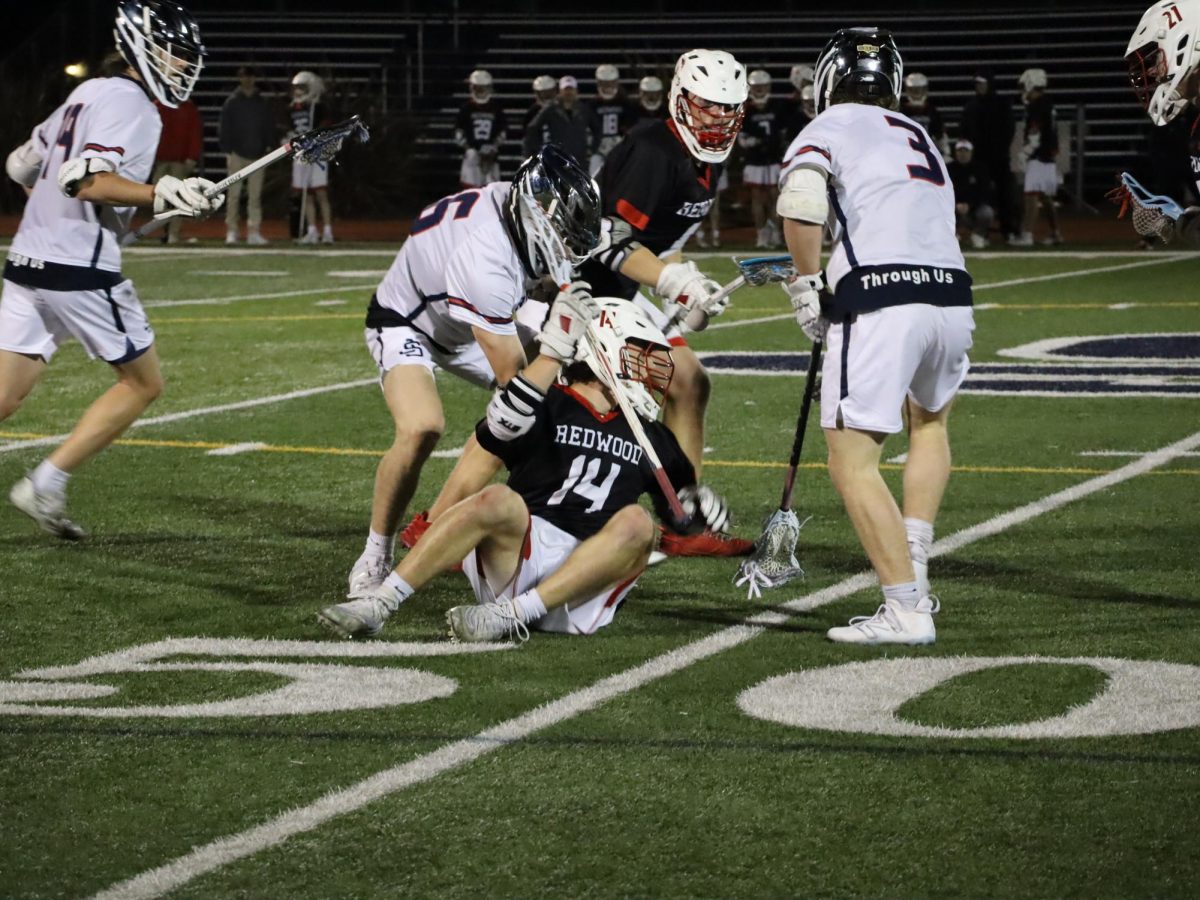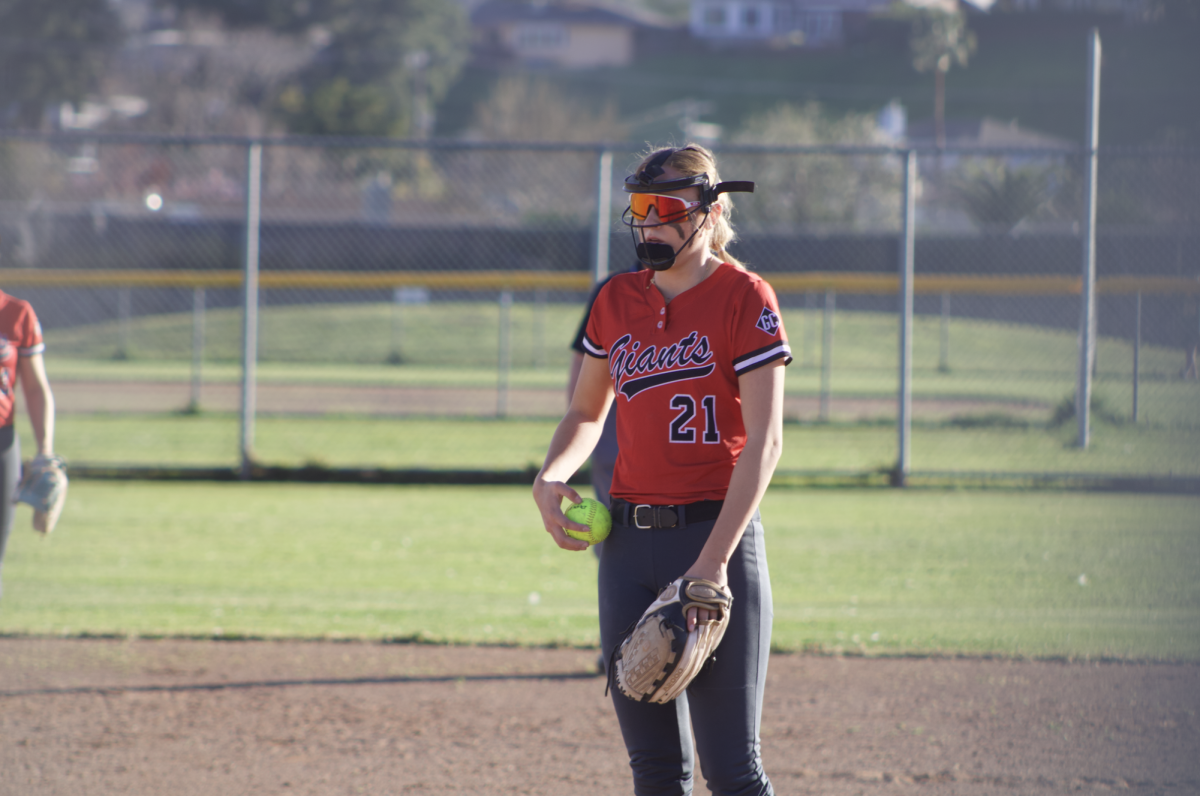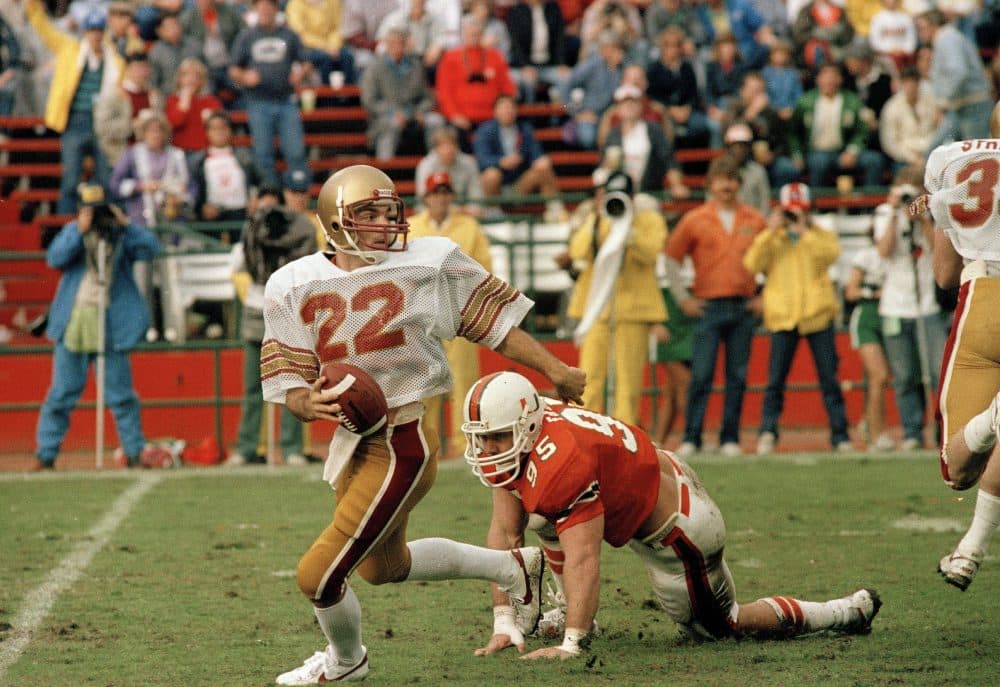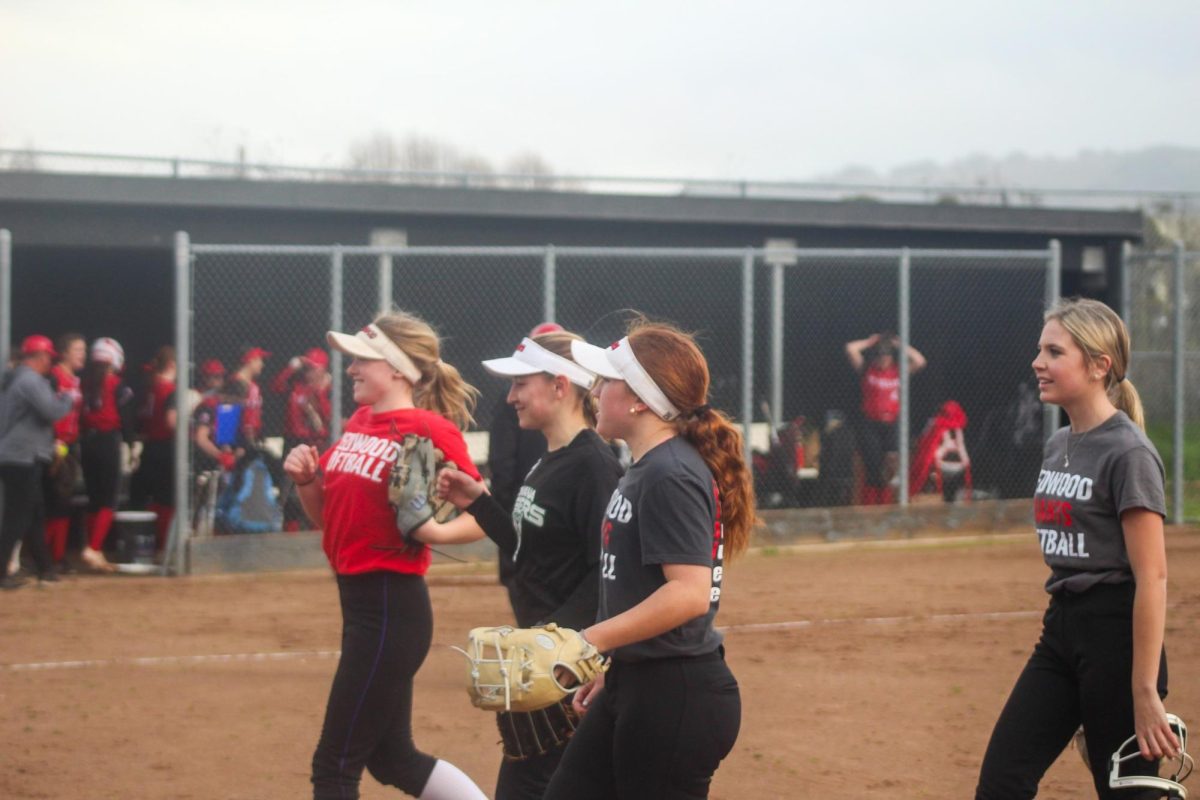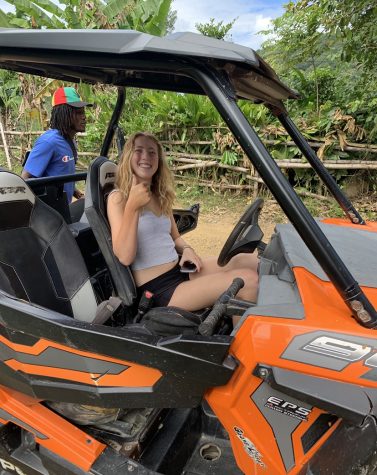Rushing through the sometimes tedious pre-game or practice warmups, athletes often skip or overlook necessary stretching in anticipation for game-time to begin. Whether it be tearing a ligament or getting a concussion, every time an athlete participates in a sport, they run the risk of injury. Now that high school athletics have been given the green light to compete due to a change in COVID-19 regulations, players have to quickly put in the work to prepare themselves for a condensed season. However, the short preparation time is troublesome, as athletes are now even more prone to injury.
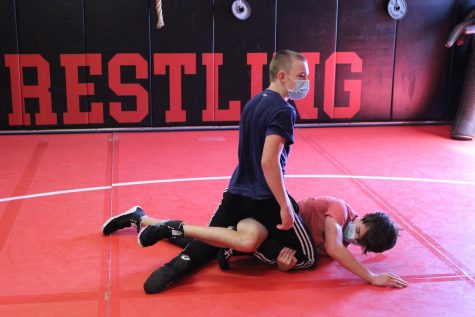
The athletic trainer at Redwood, Americ Alvarado, has been working at Redwood for the past 12 years. He believes in order to be fully prepared for their season, athletes need a minimum of four weeks of training. This year, as most sports were given two weeks, the short time has raised concerns for Alvarado.
“[It is] fortunate that they are able to get things off-and-running, but it is not ideal… When word got out two weeks prior to any season starting, coaches and kids started ramping things up and there was a burst of physical activity that led to a lot of injuries,” Alvarado said.
Despite the fact that Redwood football has been in pre-season workouts since November, it wasn’t until two weeks prior to their season that they were allowed to use pads and helmets. Before this, they had to follow stricter COVID-19 guidelines — causing the training they put in during the off-season to be less useful than normal, according to sophomore Rowe Stodolnic.
“There were a lot of people on the team who were going into pre-season not expecting to play any games. I thought it made the entire team feel down,” Stodolnic said. “When we finally got pads, I think that’s when everyone woke up.”
As a high-contact sport, football was one of the sports most negatively impacted by the pandemic. Despite having a prolonged pre-season, the team did not fully start practicing until two weeks prior to the season’s start. This caused the team to rush into their first game against Tamalpais High School.
“Ironically, during our first game, our starting outside linebacker, Damon Gerstein, and our quarterback, Clayton Grace, both got injured and were out for the season,” Stodolnic said. “Damon hurt his shoulder and Clayton tore both his ACL and Meniscus.”
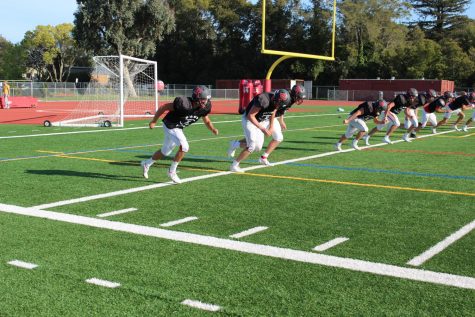
Gerstein, being a senior, does not have to worry about next year as he currently does not plan on continuing to play football in college. However Grace, only being a junior, will most likely be out for his senior year as ACL injuries usually take nine months for recovery. For this exact reason, Alvarado is not happy about the sports seasons starting so late. Normally players would have close to nine months of recovery, but this year they only have four, as football will resume Aug. 9.
The Redwood wrestling team’s official season has also been pushed back, but after working out since July, they have recently been able to go on the mats and physically practice. Lochlan Mchale, Redwood’s head wrestling coach, was disappointed that his season is shorter than usual but has been conditioning his team all year so they can further prevent injury.
“There is always a concern when you start contact [training]. It doesn’t matter how fit these kids were, how good their cardio was, or how strong they were [before the season]. Any time you enter a sport too quickly, you increase the likelihood of injury. We had some minor knee injuries in our first week back,” Mchale said.
To ensure their players’ health, it is vital that coaches listen to their players and take extra precautions. They need to make sure that the kids don’t push themselves into the sport too fast. Both Mchale and the Redwood varsity football coach, Allen Talley, have been working on preventing the kids from hurting themselves. Mchale started his wrestlers off at 10 percent effort and slowly made their way up to 100 percent, and Talley has increased the amount of stretching during warmups. These adjustments are essential to maintaining an injury-free team, according to Alvarado.
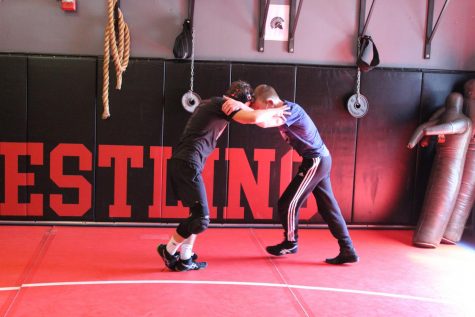
Alvarado claims that the best way for athletes to stay healthy is to incorporate more stretching protocols and hydrate. He believes that kids are overworking their muscles that have not been used in over a year, which has led to many injuries. While athletes may be ready to play on the individual level, teams need to stay persistent in their warm-up routines.
Alvarado is optimistic about everyone maintaining their health this season and hopes players work to avoid long-term injuries.

